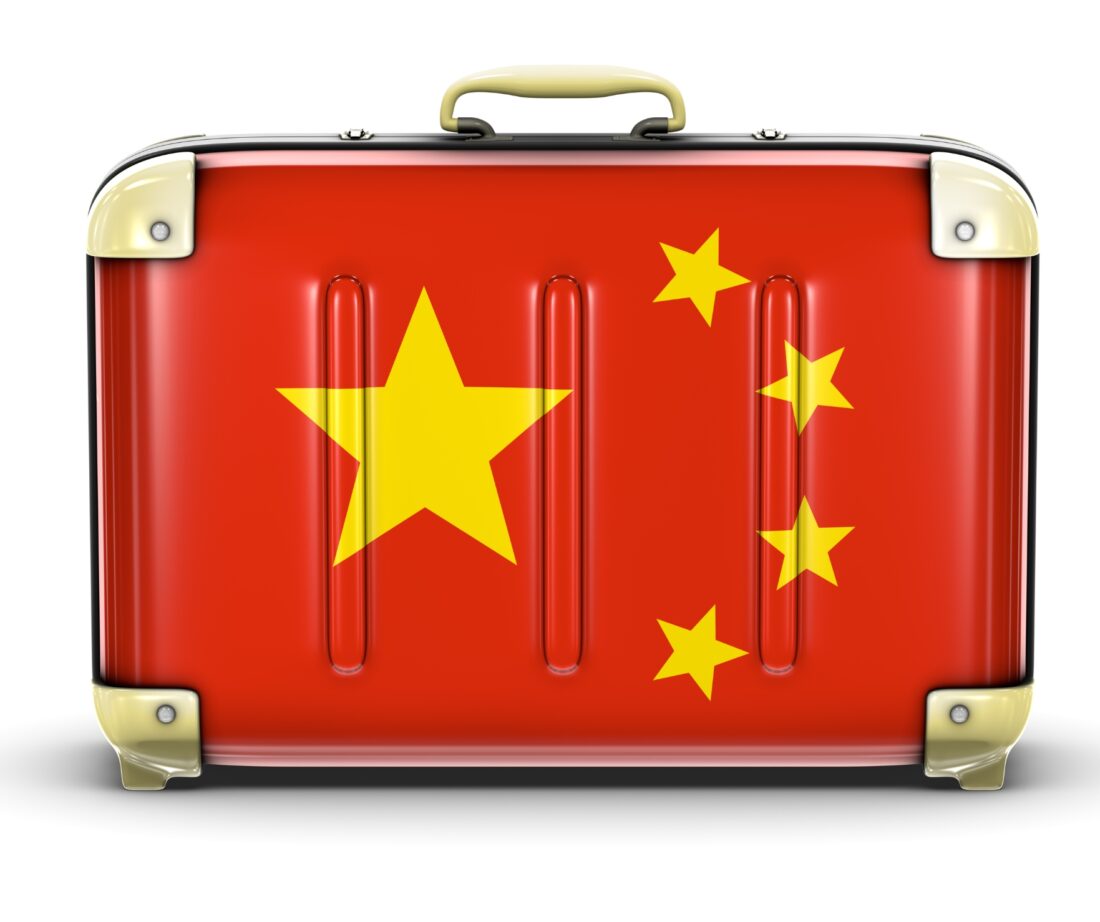The Return to China Pt 1: 4 Tips Business Travelers Must Know When Traveling to China
May 3, 2023

If your business relies on China sourcing, there’s a good chance you’ve waited more than three years for an in-person visit and this has affected your supply chain management in China. Now, the time has come. China has eased its travel restrictions and has ended its zero-Covid policy – but are you ready for a China trip? What do business travelers need when traveling to China?
As any leader in international sourcing/procurement knows, work travel can be rewarding and provide many benefits to business, such as:
- getting a feel for the host country and its people
- meeting your trusted supplier(s) face-to-face
- attending various Expos (education about supply possibilities)
- meeting and connecting with your China sourcing team.
However, there are also some downsides, and it is important to be well-informed before embarking on this journey.
China is Far Away
Beijing is nearly 7k miles from New York and 6k miles from San Francisco. You have to cross the Pacific Ocean and a direct flight from New York to Beijing takes 14 hours. Swimming will take a lot longer.
Jet Lag is real, and even disciplined road warriors suffer from it. Although your trip might be super “efficient,” say three days, you could be out of sorts for about two weeks (counting one day to get there, one day to get back, and seven days to recover.)
Traveling to China is Expensive
A round trip business class ticket for a non-stop flight from New York to Beijing will cost you at least $6,000. You can get cheaper alternatives with multiple stops, but you will pay for that in different ways. Of course, economy flights are much cheaper but you may need more time to recover from the experience.
Accommodations in China are generally of good quality and not too expensive–you can budget $200 per day for a good hotel plus meals. Ensure you have a separate travel budget, ranging from $1,000 to $2,000 to travel comfortably within cities and to other regions within China, as required by your agenda.
Your Time Is Invaluable
When considering a China trip, the key cost to consider is your time: A China trip is absorbing. You may think you can dedicate a couple of hours per day to keep in touch with your home business, but in reality, this is hard to do. Therefore, it is best to be realistic: Assume you will be mostly out of touch for the duration of your trip, plus out of sorts for a few days after that. How much is your time worth?
Trip Planning is Crucial
If you decide to go to China, clear objectives and proper planning are crucial to making your trip efficient. Below are a few key steps that will help you:
- Establish your trip objectives and travel agenda: What deliverables do you expect to take home with you?
- Line up your meetings: Some vendors may come to you, but many times you will want to visit your supplier’s factory. A factory visit typically takes a day, and, factoring travel time, it is beneficial to visit multiple factories in the same neighborhood if possible.
- Work with the geography and the availability of different kinds of transport: If you are flying in and out of Beijing, it makes sense to visit factories near the capital soon after arriving or right before leaving. If all your meetings and factory visits are in the south, you may want to land in Hong Kong, Shenzhen, or Guangzhou. If they are mostly in the Yangtze River Delta, Shanghai will most likely be the place to arrive. If you intend on a broader China visit and are planning to visit many different regions, then Beijing may be the best choice. Keep in mind that trains can be excellent in China whereas long road trips are more hazardous.
- Travel with a reliable interpreter: Most factories will have translators, but it is advisable not to rely on them entirely. You probably want to understand what is un-said as well as what is said. Thus, it is essential to find someone you trust who can interpret the situation, as well as the language.
- Take good notes and follow up: A good trip memo can be invaluable. Make sure activities that you have initiated are followed through and that, after you leave, measurable results are obtained in good time.
A savvy importer will want to weigh the pros and cons and the risk/reward ratio of a China trip. Does it make sense for your business to visit your supply chain management in China? Is it necessary?
For those who decide to make a trip to the Middle Kingdom, next week we will share more details about how to make your China trip as smooth and successful as possible. Stay tuned!
